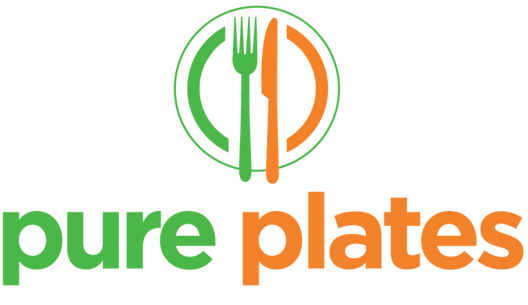Why Your Salt Could Be Slowing Your Recovery
We’ve been warned for years: “Avoid salt,” “It causes high blood pressure,” “Cut it out.” But what if the real issue isn’t salt itself—but the type of salt we’re consuming?
If you’re still using refined, bleached table salt, your body might be missing out on critical minerals that support hydration, muscle recovery, and energy. In other words: your salt might be working against you.
Let’s break it down and show you how swapping your salt could unlock better workouts, deeper sleep, and a whole new level of energy.

The Great Salt Misunderstanding
Salt got a bad rap in the 20th century, largely due to studies linking high sodium intake with elevated blood pressure. Public health campaigns took off, demonizing salt across the board. But there’s a catch: these warnings focused on refined table salt—not the unrefined, mineral-rich varieties your body actually needs.
Table salt is heavily processed. It’s stripped of nearly all its naturally occurring minerals and often bleached to look clean and uniform. Worse, it’s typically laced with anti-caking agents and additives like dextrose.
That’s not real salt. That’s sodium in a lab coat.
Why Fancy Salts Aren’t Always Functional

Pink Himalayan, Celtic sea salt, and grey salts sure look pretty in your kitchen. But while they’re less processed, they often lack the mineral diversity your body truly craves. Some are mined in ways that degrade trace mineral content. Others simply don’t offer the magnesium, potassium, and calcium your body runs on.
Your recovery system doesn’t care how your salt looks—it cares what’s inside.
Your Body Needs More Than Sodium
Your cells rely on a symphony of electrolytes and trace minerals to function properly. Sodium is just one member of that orchestra. The full cast includes:
- Magnesium – Crucial for muscle relaxation, stress regulation, and over 300 biochemical reactions. Deficiency is common and often leads to cramps and fatigue.
- Potassium – Supports nerve function, blood pressure balance, and hydration at the cellular level. Most Americans don’t get enough.
- Calcium – Plays a huge role in muscle contractions and nervous system signaling.
- Trace Minerals – Elements like zinc, selenium, boron, and manganese are essential for everything from immune function to hormonal balance.
When any of these are missing, the symptoms show up fast:
- Post-workout cramps
- Mid-day crashes
- Brain fog
- Poor sleep
- Slower recovery
- Increased sensitivity to stress
The Hydration Myth

Hydration isn’t just about drinking water. If your water lacks minerals—or if your body can’t retain them—you’re flushing out what little electrolytes you do have. This is known as low mineral absorption, and it’s more common than you think.
A bottle of spring water and a multivitamin won’t cut it. Your body needs minerals in forms it recognizes and can absorb with hydration.
A Personal Story: When the Switch Flipped
I was doing everything “right”— drinking tons of water, staying active, eating clean. But I still felt off. Sore longer than usual. Energy dipping. Brain in a fog.
Then one day I was reading about dehydration and realized I was hydrating, but not absorbing.
I found several recommendations for a sea salt called Baja Gold. It’s sun-dried from the Sea of Cortez, unrefined, and contains over 90 trace minerals in bioavailable ratios.
Within days of using it regularly, the difference was obvious:
- Cramps? Gone.
- Afternoon slump? No more.
- Sleep? Deeper and more restorative.
- Workouts? I bounced back faster.
This wasn’t a placebo. It was a return to mineral balance.
But Salt Isn’t the Only Solution
Salt (even the best kind) is just one piece of the puzzle. For full-body recovery and mineral optimization, I also focus on:
- Whole food sources of electrolytes, like bananas, spinach, avocado, and sweet potatoes
- Proper hydration, spaced throughout the day—not just chugged post-workout
- Breath work and movement, like walking, stretching, or yoga to support lymphatic flow and nervous system regulation
The right salt helps everything else work better—it’s a foundational upgrade.
Pure Plates Knows What Your Body Needs
At Pure Plates, we get it. That’s why our meals are crafted with recovery and performance in mind. We use real, mineral-rich ingredients, skip the processed junk, and create balanced meals designed to fuel your life.
Whether you’re lifting heavy, running hard, or just trying to keep up with the chaos of daily life, your body deserves premium inputs.
Want to feel the difference? Try our Performance Meals designed with recovery in mind.
Final Thoughts
Salt isn’t the villain it’s made out to be—but refined salt might be. If you’re serious about energy, performance, and recovery, it’s time to upgrade your minerals.
Look beyond sodium content. Look at mineral quality. Look at bioavailability.
Because when your minerals are off, your entire system feels it.

